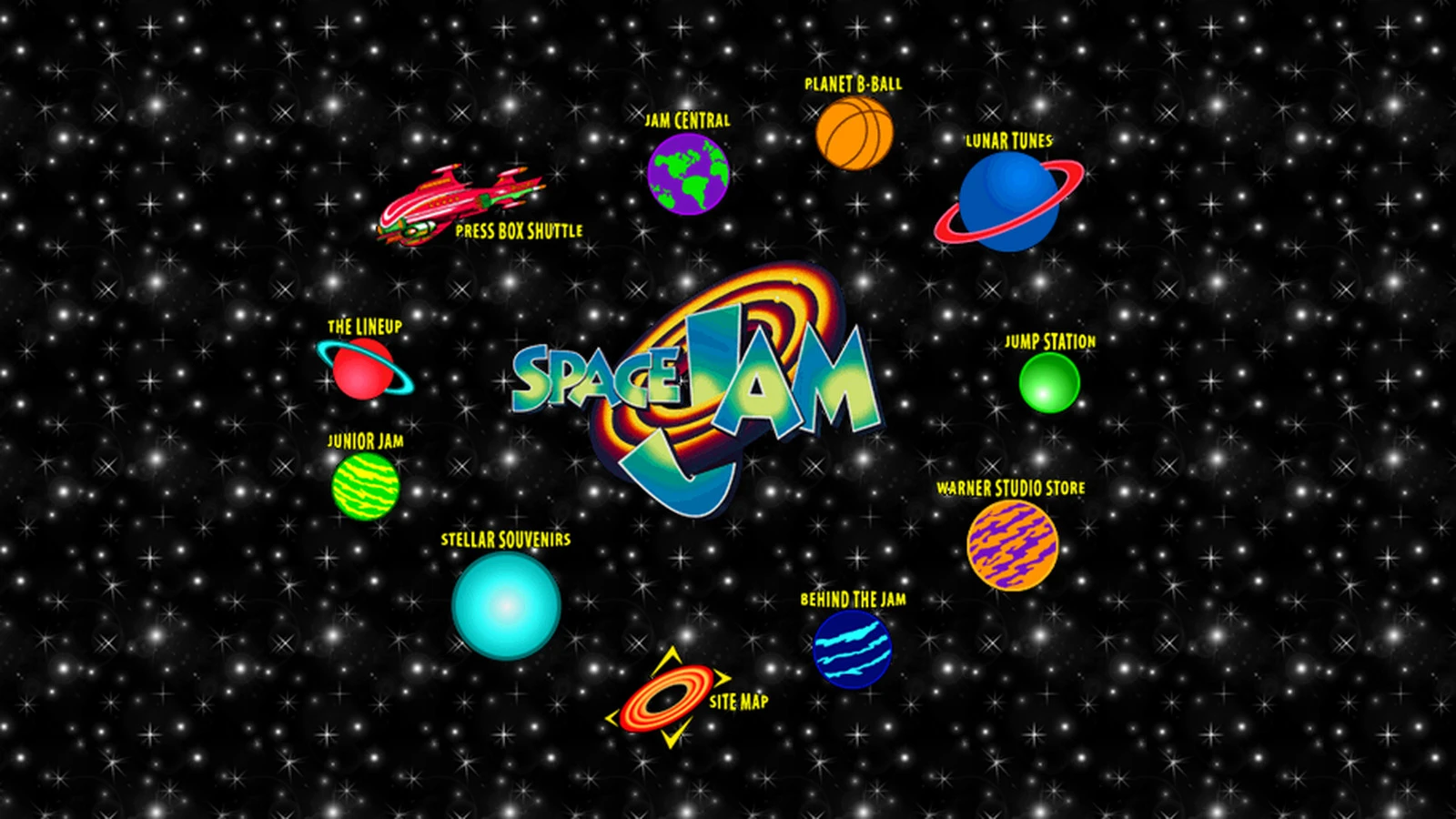
Internet of the 90s
When I was a kid, we had a Compaq desktop that was connected to the internet via a dial-up modem. It was slow, and you couldn't use the telephone line for anything else.
I remember using Netscape Navigator to download and print Dragon Ball Z images, using all of the printer ink. We’d get America Online CDs in the mail constantly. Never used them.
Then came Geocities. My older sister found it, and we would spend hours trying to outdo each other with our pages. Most of them looked like shit by today's standards: animated GIFs, MIDI files, bright colors, marquees, all of it. There was no "standard." In fact, standards were almost impossible to achieve thanks to the differences between browser rendering engines.
The Space Jam website was peak ‘90s internet—animated GIFs, starry backgrounds, and zero shame. Built by a tiny team at Warner Bros., it looked like a middle school art project. In the best way.
How did we go from Space Jam to... this?
Early Days of Social Media
Chances are, if you were interested in something, there was a forum for it. When you joined a forum, you felt like you were among your people. Everyone there shared your interest. It felt like a community.
Then came Myspace, a perfect marriage of individuality and large community. But then: money. Fox bought it, and they wanted a return. I remember seeing ads for everything on the homepage. It felt like Las Vegas every time you logged in.
Then your aunt joins and asks how you’re doing... and you ask yourself, “What the hell is this place?”
On the Sega Dreamcast forum, I got Sega Dreamcast news and discussions. On Myspace? A hodgepodge of ads and random people. It started to feel like I was becoming the product.
Next came Facebook. They took what people liked about Myspace, removed it, and kept the rest. Everyone on a single platform, for no reason other than to sell ads and farm data. Love it.
We've become the product. And we've lost some of our humanity in the process.
Rise of Vibe-Coded Websites
As a developer, I was originally against AI. I thought, “Quality will go down. Businesses will use it to make shitty websites with no effort. More layoffs in the name of efficiency. The American way.”
I was right. But... I started to see something I didn't expect.
The rise of shitty, imperfect, meme websites. Things that had no business being in production. High-brow developers criticized, but I saw the beauty in them. A little voice inside said, “Oh shit, we're back to the 90s, baby!”
So far I've seen dating sites for dwarves, VR goggles for cows, and totally broken SaaS apps that are trying to be serious. I love it.
At Chaos Byte, Bogdan has built at least four meme apps that have gone viral. Check them out here. Our goal? Flood the internet with weird websites that are so bad they're good, sites that drive people away from the ad-driven giants that have monopolized our attention.
And it’s already working.
Let's Get Weird Again
The weird web is back.
Let’s flood the internet with imperfect websites. Let’s put humanity back into the web.